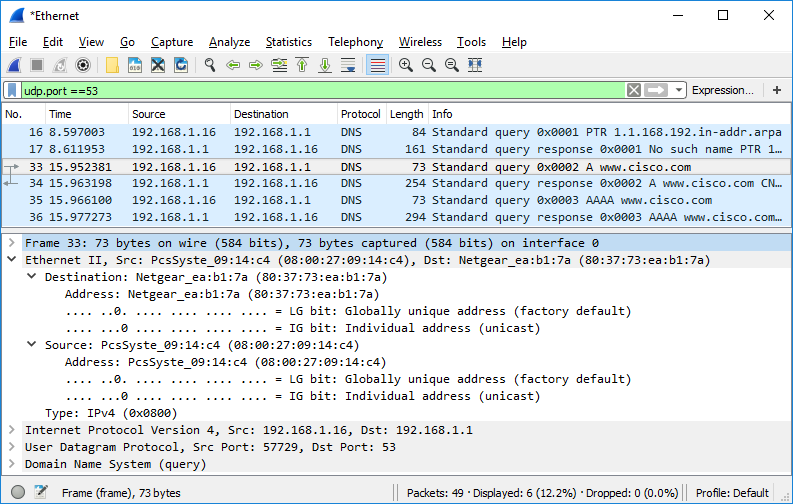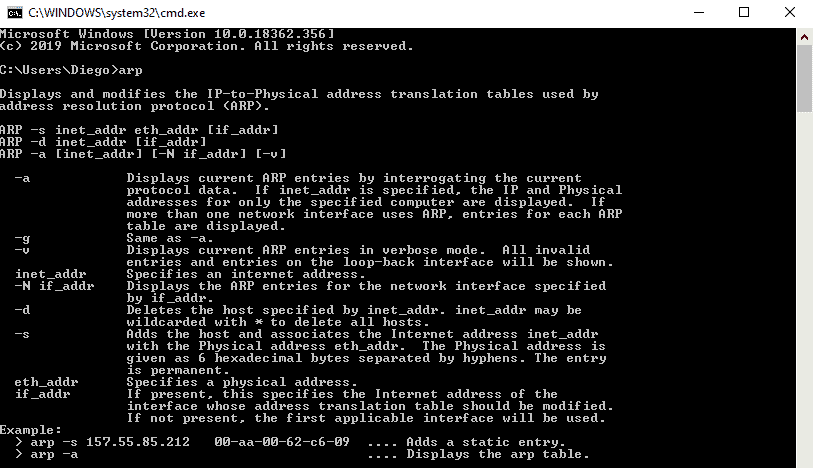

The same output is given for mercury instead of **sun*. The problem I have (and I'm not sure it is a major one, but.) is that nslookup and dig both fail to resolve names for sun and mercury unless I inform these commands which DNS server to query: # nslookup # with each server strictly in the order they appear in Uncommenting this forces dnsmasq to try each query # servers it knows about and tries to favour servers to are known # By default, dnsmasq will send queries to any of the upstream Which seems to be being overwritten when I reboot so I have the following /etc/nf search beowulf.iecs Īnd have instructed dnsmasq to use it instead of /etc/nf # Change this line if you want dns to get its upstream servers from My /etc/nf on sun is: generated by /sbin/dhclient-script ::1 localhost localhost.localdomain localhost6 localhost6.localdomain6ġ92.168.42.2 mercury Īt the moment, the IP address of eth0 (WAN facing) is assigned via DHCP ( sun eth0 gets assigned the same IP all the time regardless this is how the University does things but I'm in the process of getting this changed to allow me to assign a static IP). I have hardcode the hostname/IPs in /etc/hosts on sun only: # cat /etc/hostsġ27.0.0.1 localhost localhost.localdomain localhost4 localhost4.localdomain4 dnsmasq is configured to send a specific IP and hostname to the MAC address(es) of the client(s). The clients on the private network (of which there is just at the moment, mercury) are assigned an IP, gateway etc and hostname via dnsmasq running on the sun. sun acts as a router for the private network, forwards traffic from eth1 to eth0 using NAT configured using iptables. eth0 on the sun is connected to the WAN and eth1 to my private network via a netgear smart switch. I have a Centos 6 box ( sun) sitting between my private network and the university WAN.

This is done to look for the location, to recover the data, to connect the device, and to set up the filtering process.I am setting up a small private network within my University network. It is essential to find out the MAC address of a particular device for many purposes.
#CAN YOU NSLOOKUP MAC ADDRESS FREE#
Disk Drill is a free app available for both Windows and Mac OS. After filtering, you will get the resulting output. For the Quick scan, metadata is used that is available in the system file, while the Deep scan will dig deeper into the binary level. The app works by looking for and scanning the lost files in two modes, a Deep scan, and a Quick scan.

Cleverfiles has developed an app for recovering data, known as Disk Drill. MAC addresses are also used to connect to a wireless device to recover data. Only authorized people or organizations should know the address. It is therefore essential for a system owner not to share their MAC address with anyone. Other uses of MAC addresses include recognizing the device that is stolen, and whether the system is connected to the internet.ĭue to this reason, institutions and companies frequently take and record the MAC addresses of user devices. Therefore, if the IP address is changed for any reason, the MAC address will still able to identify the device.įiltering is used to track and limit network user access. This is done to keep the network safe from strangers because, without it, anyone can access the network. The router is set in such a way that it will accept only the specified MAC address. One of these applications is in the wireless networks filtering process. There are many applications of MAC addresses. For a wireless device, click “Settings,” and the MAC address of the wireless device will appear as a hardware address.For a wired device, the MAC address will appear as a hardware address on the right side.Select the device from the left pane that is Wi-Fi or wired.Go to the Activities Overview and type “network.”.

To find out the MAC address for your network hardware, follow the steps listed below: The following include the OUIs of some well-known firms:ĭell: 00-14-22, Cisco: 00-40-96, and Nortel: 00-04-DC. This will be helpful in recognizing the manufacturer. This is called the Organizationally Unique Identifier (OUI). Most manufacturers, like Dell and Cisco, use a unique identifier in the MAC address. A MAC address contains six sets having two characters each set is separated by a colon. An example of a MAC address is 00:1C:45:11:3A:B7. The identifier will be unique for each device. The computer is allowed to connect to the network using the network interface controller, which is a computer circuit card. A MAC address is stored in hardware and is normally assigned by the manufacturer of a network interface controller.


 0 kommentar(er)
0 kommentar(er)
